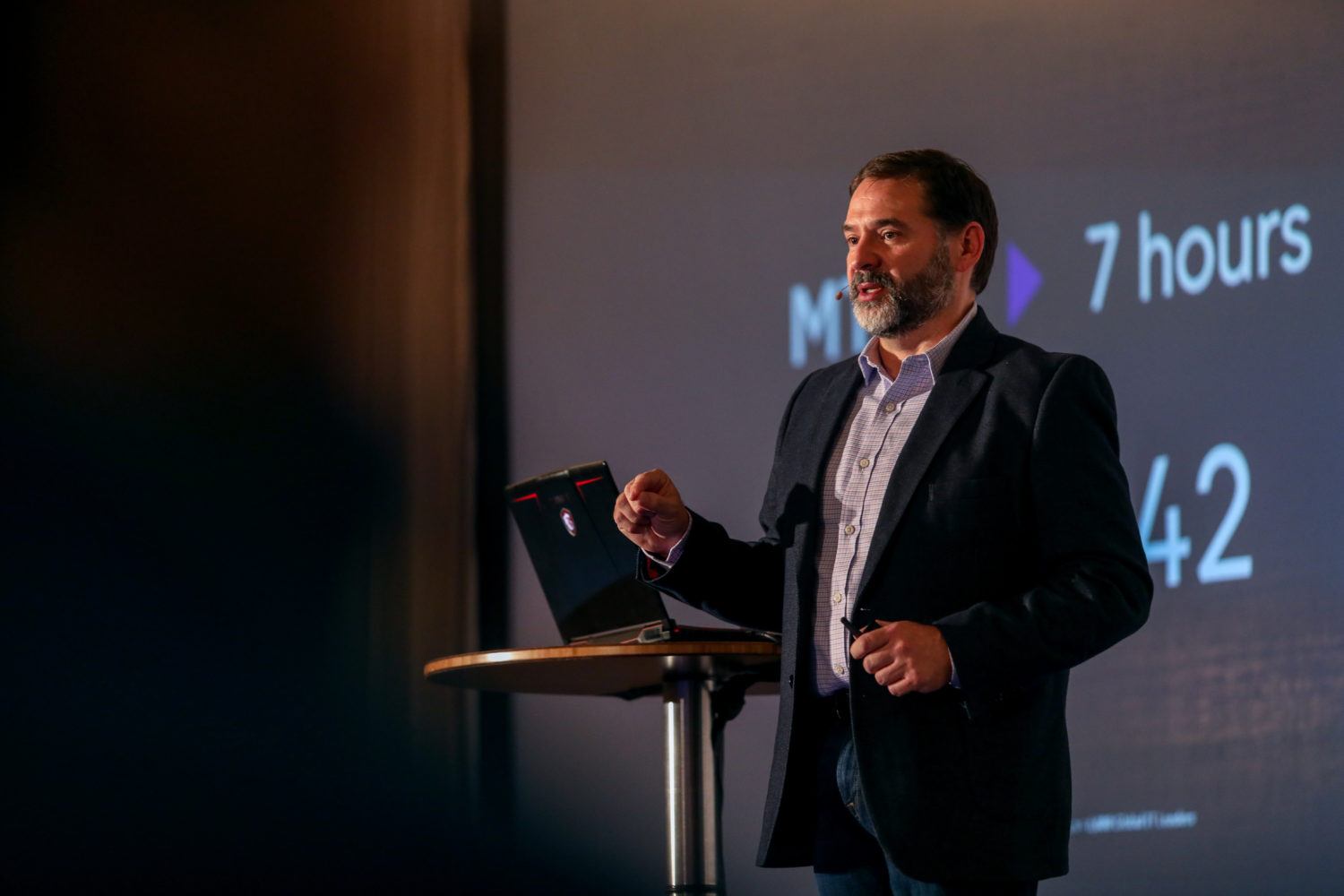
Long before the pandemic, digital applications were already incredibly important to healthcare organizations, but over the last few years, they have become essential. Applications can assist with scheduling appointments, virtual doctor visits, accessing medical records and conducting tests down to the most complex AI-powered technologies such as medical imaging. As COVID-19 fundamentally transformed the way industries operate, healthcare has been the world’s focus as physicians, nurses, EMTs, and other healthcare practitioners have stepped up to provide routine as well as critical care amid chaos and a period of transformation. When applications fail, it can lead to issues such as long delays in patients receiving the care they need and doctors become backlogged as time passes.
Behind the scenes, healthcare IT has kept applications and digital services running in addition to driving the necessary digital transformation needed to ensure patients have had the continued care they require through their rapid technology advancements. To forge a new path forward, health IT needs to implement strategies focused on full-stack observability with the business context in order to ensure the vital applications that keep healthcare running are safe, always available, seamless and secure. Full-stack observability is the ability to monitor the entire IT stack, from infrastructure all the way to the network, and is enhanced with business context and user experience that ties monitoring back to the goals of the health care provider.
Here are a few reasons why healthcare needs to embrace full-stack observability with business context as the future becomes more digital and some best practices for how to implement it.
More patient apps lead to greater expectations.
Patients’ needs changed over the last 18 months, and we have seen apps and digital services become a critical part of how they now live their lives.
Many use apps to access health services, essential supplies like medicine or food and digital services for mental health or physical fitness. For providers, apps are critical to schedule and maintain communication with patients.
With how closely apps are now tied to physical and mental health, perfect performance is even more imperative. Consumer expectations have soared and these experiences are no exception.
Slow page load times, crashes and bad connectivity are all issues that are concerning for healthcare apps, as an app issue can cause someone to miss out on the care they need. It’s no longer about just maintaining user experience to keep consumers from going to another healthcare provider, it’s also about ensuring patients are able to connect to the information, medication, service, or physician they need.
Full-stack observability provides a total view of applications.
“Observability” is an increasingly popular term in the enterprise technology space, but it’s arguably even more relevant to healthcare environments when considering hospitals and healthcare providers simply cannot afford downtime.
With how crucial perfect app performance is to a healthcare and hospital setting, observability needs to be at the center of IT strategy with a focus on the full-stack. This means structuring monitoring capabilities to focus on the entire IT stack, not just the actual app itself. It includes the network, the app, the actual infrastructure, or hosted by a third party.
With this approach, healthcare IT teams have the ability to easily and quickly identify issues and find a solution that fits within the context of the business, or in this case, the context of the healthcare organization as a whole. For example, if a bug is causing a potential lag in a clinic’s scheduling app, that could create unneeded frustration for patients. Full-stack observability allows IT to see where the issue lies and address it before the end-user even notices there is a problem. In the short term, this helps patients get the care they need faster and more efficiently, but in the long term, it can build deep trust between the same patients and their providers by removing additional stressors from an already stressful process.
Full-stack observability easily folds in security.
Another key advantage of full-stack observability is its natural tie with security. While important to many fields, security is particularly necessary for healthcare, where HIPAA compliance and patient privacy is of the utmost importance.
Because full-stack observability inherently requires CIOs and CISOs to collaborate to ensure apps are as secure as possible, from the app level to the network itself. For an effective strategy, leadership and administration, security, and IT teams must all come together to align on strategy and tools necessary for hospital or clinic operations to function in tandem for secure practices.
This is in contrast to legacy approaches, where security and IT teams tend to be siloed off with minimal communication and IT focusing on performance while security focused on addressing vulnerabilities. With full-stack observability and business context combined, these teams can effectively communicate to put a system in place that is prepared to withstand increasingly dangerous ransomware attacks.
While no solution is absolutely perfect, full-stack observability with business context offers the best way forward for healthcare organizations to operate effectively in an increasingly digital future. With the already high percentage of consumers who expect perfect app performance rising and the increasingly elevated stakes of performance issues, healthcare IT should consider this solution to better increase communication between teams, ensure customer security and prevent potential issues before they ever affect end users.
About Gregg Ostrowski
Gregg Ostrowski is the regional CTO at Cisco AppDynamics, an application and performance management IT company. In his role at Cisco AppDynamics, Ostrowski works with senior executives to develop their strategy through their digital transformation journey on how they can leverage AppDynamics products to assist them through performance analytics, business metrics and application monitoring. In 2017 tech giant Cisco acquired AppDynamics for $3.7B. Prior to his position as AppDynamics CTO, Ostrowski held senior leadership positions at Samsung and Research in Motion.
